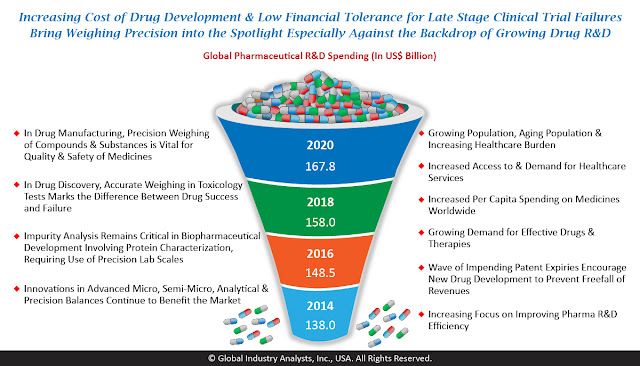
The global market for Blockchain Technology is projected to reach US$14.2 billion by 2025, driven by the growing confidence in the technology’s disruptive ability to democratize and decentralize the next generation of Internet (Web3). Benefits of a decentralized Internet include less corruptibility; more resistance to corporate and political regulations; and increased safety and security as data is not stored in privately-owned silos. Myriad application possibilities currently orbit around the technology adding significantly to its robust outlook. Built for disruption, few of the innovative uses of blockchain include enabling safe exchange of cryptocurrencies like bitcoin; execution of smart and automated contracts; secure and automated control of IoT devices; revolutionizing supply chain auditing in a manner that will combat fraud; peer-2-peer execution of stock market transactions and elimination of intermediaries like banks and agents; secure smart energy grid management in sma






